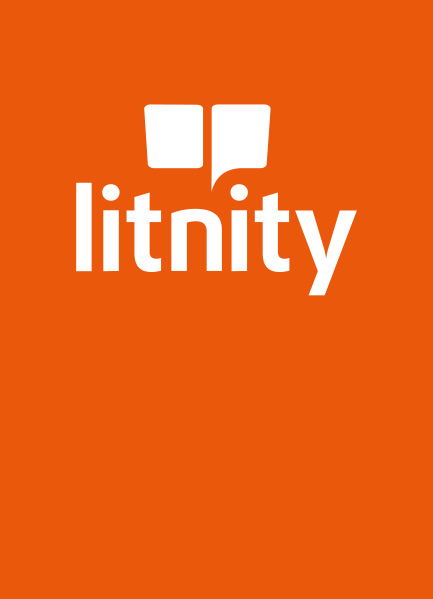Based on international examples and expertise the 13. International DOCOMOMO Technology Seminar discusses the questions:
How was technology perceived by designing architects?
How was the collaboration with engineers and the selection of adequate building materials and systems as a part of the design process?
The seminar Perceived Techologies in the Modern Movement on January 25/26, 2013 in Karlsruhe, Germany, was organised by DOCOMOMO International Scientific Committee Technology (ISC-T) in collaboration with the Karlsruhe Institute of Technology (KIT).
It figures also as the 10. Karlsruher Tagung „Das architektonische Erbe“.
– Welcome Address: Ulrich Nolting
– Architecture and Technology: Alex Dill
– Editorial Note and Preface: Jos Tomlow, Alex Dill, Uta Pottgiesser
– Matter and Time – Perspective of Technology: DOCOMOMO ISC-T
– The Grossmarkthalle in Frankfurt/Main – An early reinforced concrete shell structure: Horst Peseke, Manfred Grohmann, Klaus Bollinger
– Bauhaus and the new technologies for „home building and home furnishing“: Wolfgang Thöner
– The Buildings of Russian Constructivism (Moscow, 1919-32) and the Technology Transfer: Anke Zalivako
– New Movement and Technology in the Netherland: Jan Molema
– The glass façade and the heating system of the Salvation Army “City of refuge”: from conception to restoration: Emmanuelle Gallo, Vanessa Fernandez
– Brazilian Engineering and Joaquim Cardozo’s contribution to Oscar Niemeyer’s Architecture: Danilo Matoso Macedo, Elcio Gomes da Silva
– John Lautner (1911–1994): Frank Escher
– Foster and Rogers – The start of British High Tech: Colin Davies
– Frei Otto – Executing High Tech concepts: Christine Otto-Kanstinger
Based on international examples and expertise the conference with the title PERCEIVED TECHNOLOGIES IN THE MODERN MOVEMENT discussed the following questions: How was technology perceived by the designing architects? How was their collaboration with engineers and the selection of adequate building materials and systems as a part of the design process? Where did they find technical tools or where did they miss them, forced to improvise a feasible and economic solution? How and why did technology lead to the uniqueness of the innovative archtectural results?
The 10. KARLSRUHER TAGUNG of the series DAS ARCHITEKTONISCHE ERBE took place on 25th and 26th January 2013 at the Karlsruher Institut für Technologie (KIT) and was organised in cooperation with the INTERNATIONAL SCIENTIFIC COMMITTEE TECHNOLOGY (ISC-T) as 13TH INTERNATIONAL DOCOMOMO TECHNOLOGY SEMINAR.
The above characterized fundamental questions may lead to a new research topic. Not to many answers seem to exist, like one can derive from historic disputes, discussions and contributions or manifests by the Werkbund, de Stijl, CIAM and other organizations.
Only by differentiation we, as descendants of the 20th century and reaching the 21th century, may find answers for such questions. Many buildings have been and are going to be analyzed and renovated and can serve as documents for the used technologies. Nevertheless modern architecture is still lacking a complete theory related to the cooperation of all professionals involved in the realization and materialization of a building.
Organizers and editors sought for a suitable theoretical approach of the topic and for a good structure for the individual papers presented in the conference. It seemed to be interesting to depart from detailed studies of individual architectural works or of works generated by small groups of congenial individuals from different parts of the world – taking into consideration climate, culture and biographies. The careful selection of lectures and lecturers is based on a chronological and stylistic order. The inclusion of the specific architectural work into stylistic terms and definitions combines a general overview with an insight into the position of “technology” in a specific work. Although styles generally have been defined by art-historians – who sometimes lacked knowledge and interest for the historic role of technology – one may confirm that from a pragmatic view point, the incorporation of architectural work in styles may help to establish a certain historical order, also as a hypothetic dialectic path of thesis versus antithesis.
In the history of the DOCOMOMO community and its aims since 1988 the definition of MOMO (MOdern MOvement) slowly widened, in both the time perspective beyond 1950s (New York 2004) and in respect of tolerance towards and subsequent interests in other modernisms (Istanbul & Ankara 2006). Whereas in the beginning DOCOMOMO focused on the “classic modern architecture” from 1924–1929 (or 1918–1932) subsequently the period was enlarged incorporating younger times till 1975.
As a consequence, the initial black-and-white-view of moderns opposing conservatives shifted into a much more complex position. A high differentiation level, taking into account certain aspects – like time, place and climate, sociological circumstances, economy – may be thought necessary to proceed with a scholarly analysis of the Modern Movement, resulting in a fruitful conservation strategy. The substantial historic extension to a period of 1918-1975 brought to light much more than a controversy between moderns and conservative: contradictions became clear between generations (Oedipus conflict, children versus parents, in the case of Team X inside CIAM), between political systems (East versus West versus Post-Colonial systems), in the sense of national identification (autarchy versus free trade) or between economies (local versus global) between different climatic zones and others. Thus the lectures of the seminar should regard “technology” and discuss specimens of:
• a main architect or condensed group of architects or style of the period 1918–1975;
• architectural works also from Non-Western world regions.
Finally in this publication nine papers are published and are accompanied by an important statement of the Docomomo International Specialist Committee – Technology called “Matter and Time – Perspective of Technology”.
From the introduction by Jos Tomlow, Alex Dill, Uta Pottgiesser
- Veröffentlicht am Mittwoch 10. September 2014 von Graphische Werkstätten Zittau
- ISBN: 9783929744897
- 88 Seiten
- Genre: Natur, Sachbücher, Technik
